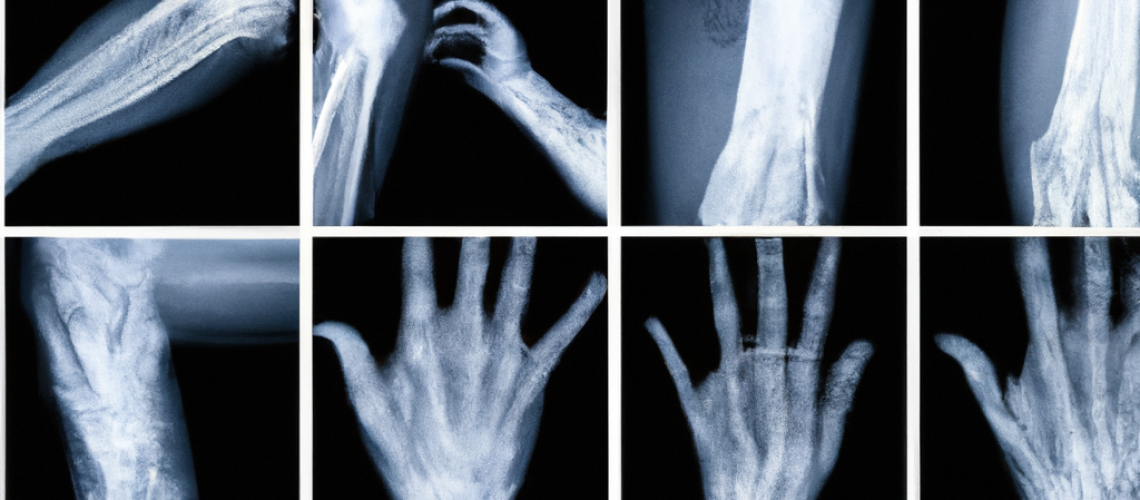Bone Fracture: Types, Healing Process, and What to Avoid
Bone fracture is a common injury that can happen to anyone, regardless of age or activity level. A bone fracture occurs when a bone is cracked or broken due to trauma, such as a fall or impact. The severity of a fracture can range from a minor crack to a complete break that requires surgery.
Types of Fracture
There are many different types of fractures, and each one requires a specific treatment plan. Some of the most common types of fractures include:
- Closed Fracture – A closed fracture occurs when the bone is broken, but the skin remains intact.
- Open Fracture – An open fracture occurs when the bone breaks and protrudes through the skin. This type of fracture is more serious than a closed fracture and requires immediate medical attention.
- Greenstick Fracture – A greenstick fracture occurs when the bone cracks, but does not break completely. This type of fracture is more common in children, whose bones are more flexible than those of adults.
- Comminuted Fracture – A comminuted fracture occurs when the bone breaks into several pieces. This type of fracture is more common in older adults, whose bones are more brittle.
- Stress Fracture – A stress fracture occurs when the bone is cracked due to repetitive stress, such as overuse during sports or exercise.
Healing Process
The healing process for a bone fracture can take several weeks to several months, depending on the severity of the fracture and the individual’s overall health. Generally, the healing process can be divided into three stages:
- Inflammatory Stage – This stage occurs immediately after the fracture and lasts for about a week. During this stage, the body sends blood to the injured area to remove debris and start the healing process.
- Repair Stage – This stage occurs over several weeks and involves the formation of new bone tissue. The body produces a soft callus, or a cartilage-like material, that eventually hardens into new bone.
- Remodeling Stage – This stage occurs over several months and involves the reshaping of the new bone tissue. The body gradually replaces the new bone tissue with stronger, denser bone.
What to Avoid
During the healing process, it’s important to avoid activities that could further damage the injured bone or slow down the healing process. Here are some things to avoid:
- Putting Weight on the Injured Area – Depending on the location and severity of the fracture, it may be necessary to avoid putting weight on the injured area. This may require the use of crutches or a cast.
- Overexertion – During the healing process, it’s important to avoid overexertion or strenuous activity that could further damage the bone. Follow your doctor’s instructions for activity level and rest.
- Smoking – Smoking can slow down the healing process and increase the risk of complications. If you smoke, it’s important to quit during the healing process.
- Poor Nutrition – Good nutrition is essential for bone health and the healing process. Make sure to eat a balanced diet that includes plenty of protein, calcium, and other essential nutrients.
Conclusion
Bone fracture is a common injury that can happen to anyone. Knowing the different types of fractures, the healing process, and what to avoid can help ensure a speedy recovery and prevent complications. If you suspect that you have a bone fracture, it’s important to seek medical attention right away to ensure proper diagnosis and treatment.

